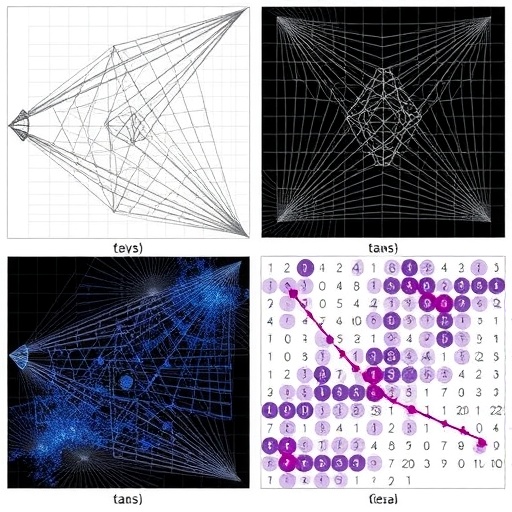Heavy drinkers learning by example

Credit: University of Houston
University of Houston Moores professor of psychology Clayton Neighbors is using the psychology of cognitive dissonance, or acting in a way that is counter to your beliefs, to curb college drinking.
“People hate to be hypocritical and want to be consistent with what they say,” said Neighbors. So he is going to have 300 University of Houston students and 300 students at Brown University who report heavy drinking give advice to younger students and post it on a website. After that, Neighbors believes the advice-givers, the heavy drinkers, will drink less.
“We will list their names with their suggestions and they will become more committed to that suggestion,” said Neighbors. That process is called counter attitudinal advocacy, a part of the greater theory of cognitive dissonance.
“It’s very uncomfortable to have inconsistency in your values and your behavior,” he said. “If you create discrepancies within people it will motivate them to change, at least theoretically.” Neighbors will be able to determine the success by following the participants for six months.
Neighbors’ work is part of a $2.1 million grant with Brown University from The National Institute on Alcohol Abuse and Alcoholism, which calls college drinking a harmful and significant public health problem that takes an enormous intellectual and social toll on college students across America.
University of Houston college drinking rates are actually lower than most colleges, with students reporting that they consume approximately 3.5 drinks per week compared to a national average of about 6.5. In 2014 UH was named in the top 20 “soberest schools” list compiled by the Princeton Review. Neighbors can use that as a first-line defense to discourage younger students by using personalized normative feedback.
“We ask a student how much they’re drinking per week and they tell us 20 drinks. Then we ask them how much they think other UH students drink and they tell us 25 drinks. Then we show them that a typical student drinks an average of 3.5 drinks and they are surprised by it. It concerns them because they thought they were drinking a normal rate,” said Neighbors.
That kind of personalized normative feedback is a typical method to approach behavior change, but counter attitudinal advocacy has never been tested before as a way to lessen college drinking.
“We want to see if this is as good or better approach than personalized normative feedback,” said Neighbors, who says the findings could lead to a new approach to help students reduce drinking.
“It would not be difficult for campuses to create a self-sustaining program where this becomes one of the consequences for students who are found drinking,” he said.
###
Media Contact
Laurie Fickman
[email protected]
Original Source
http://www.




